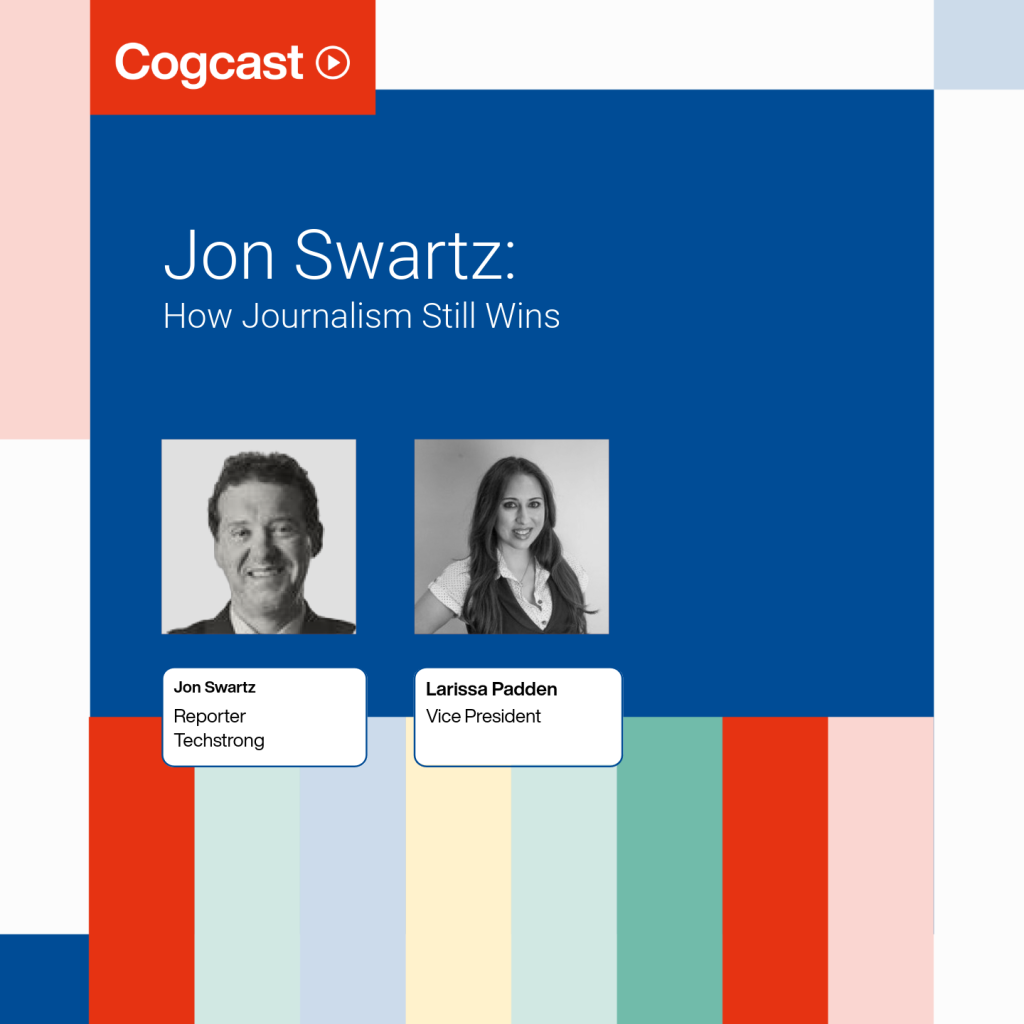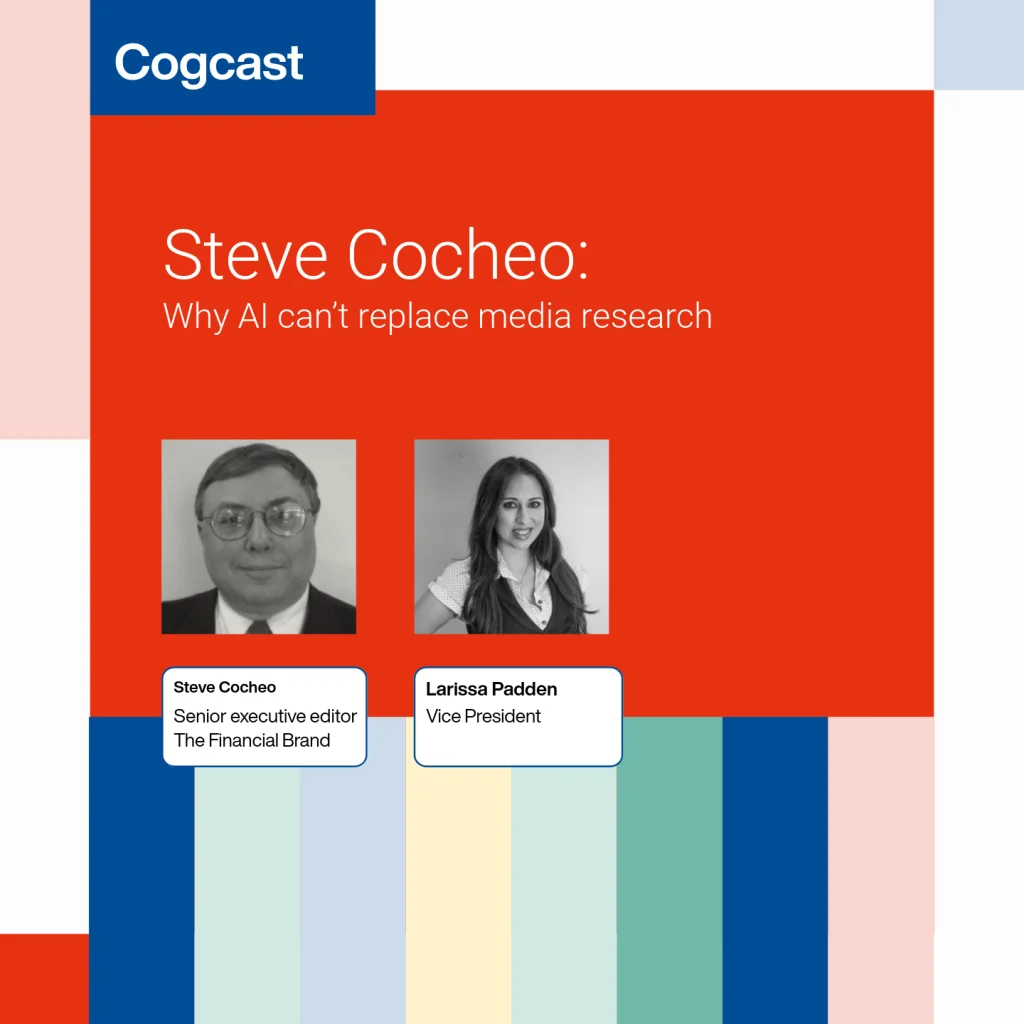June is a rush. Across Europe, financial companies cram in as many events, roundtables and happy hours as possible before disappearing on holiday.
These physical events sprawl across hundreds of square meters, taking over some of the biggest convention halls on the continent. Even in a digital-first world, companies are still spending extraordinary sums – five figures on stand builds alone, not counting the hefty sponsorship fees.
At Money20/20 and London Tech Week, the booths were genuinely spectacular: circular banners dropping from the rafters with curved plastic installations shaped by some of the world’s largest 3D printers. But the messages behind them can be frustratingly mundane. Blues and greens arranged in safe, expected gradients. Taglines that are expansive and vague at the same time. “Finance that speaks your language.”
We know from experience that a single event can cost the equivalent of several people’s annual salaries. That same capital could fund a targeted marketing campaign with reams of data to refine and retarget. And yet companies still spend – several of the year’s biggest conferences were oversubscribed.
Fearful brands don’t take risks – and wind up being forgettable
How did we end up here? How do smart teams produce something so unmemorable? And how can smart teams avoid repeating these mistakes?
The pressure to deliver can push brands toward the median. When the stakes are high, a major swerve risks backlash – or worse, someone’s job. Successful branding efforts usually take years to show their worth – think Klarna, Monzo, Revolut – while failures (abrdn.) are mocked instantly.
Geography complicates things, too. Campaigns that need to work from Kuala Lumpur to Chicago often get their edges filed off. These concerns are valid – but they can box designers and creatives into something rigid and forgettable.
As Harry Sheward, who heads brand at Cognito, put it at our recent panel: “Whether you’re 500 or 5,000 people, my number one principle is the same – be true to your business. Your CEO and your management team have to be engaged. Authenticity comes from the top.”
The key is figuring out how to have flexibility around a stable centre. And that’s often underestimated. Instead of a 100-page PDF, think two sides of A4 with rules on colour, layout and language.
Another way to ensure consistency? Make staying on-brand easier than going off-piste. Build templates packed with adaptable design elements and clear logic. Fewer folders, more files with everything ready to go. Reduce friction to maximise time focused on generating creativity.
New technology means new ideas go stale faster
We are now obligated to mention artificial intelligence.
AI is pitched as a force multiplier in branding – and sometimes, it is. A few firms are already boasting of AI-generated video campaigns. They still resemble social content more than cinema, but they’re undeniably fast and inexpensive. The novelty will fade quickly – expect the bragging to stop even sooner.
New tech shortens the shelf life of ideas. With the barrier to entry lowered and time to market reduced, what once felt insightful can become pablum in record time.
According to Laura West, Global Head of Brand and Marketing at HFW, “AI is a great facilitator – speed to market, better processes, internal self-service. But it’s still an infant. If you don’t feed it the right inputs, it just regurgitates what’s already out there.”
That’s the tension. One of the “killer apps” of large language models is pattern recognition – they’re excellent at spotting what’s being said again and again and again. But when companies approach the emergent frontier, these tools fall short. They can’t create something truly new.
Back on the Money20/20 floor, a dozen firms stood out for trying something different. As the countdown to the holiday season ticks into single digits, those are the campaigns that will stick.
The average visitor may not grasp the months of effort behind a final concept – but they’ll feel the connection.
Jon Schubin runs content for Cognito. This article uses material from a panel that featured Rachael Smith from Addepar; Simone Leilley from UpSlide; Laura West from HWF, and Harry Seward at Cognito. It was moderated by Yvonne Maher, Chief Growth Officer at Cognito






